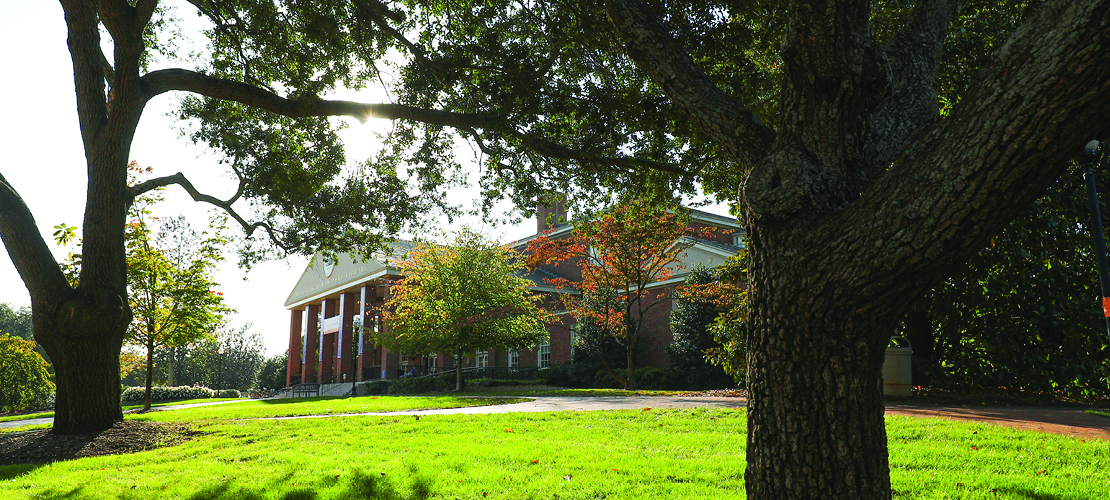August 24, 1814
When the invading British army burned the United States Capitol building on this day, August 24, in 1814, they fueled the fire with 3,000 books from a small room that served as the congressional library. Among the Senate’s first orders of business, as it convened in temporary quarters ten blocks from the gutted Capitol, was to obtain a new library. In September, former Vice President and President Thomas Jefferson had written to offer his own library—the largest personal collection of books in the nation. “I have been fifty years in making it, and have spared no pains, opportunity or expense, to make it what it now is. While residing in Paris I devoted every afternoon . . . in examining all the principal bookstores, turning over every book with my own hands, and putting by everything which related to America . . . .” Recognizing that the nation lacked spare funds during the war emergency, Jefferson explained that he would accept whatever price Congress wished to pay and would take his payments in installments. Appraisers valued the nearly 6,500 volumes at $23,950.
On October 10, 1814, the Senate quickly and unanimously agreed to pay this amount. When the measure reached the House of Representatives, however, it encountered spirited opposition. Reading the collection’s inventory, sharp-eyed representatives contended there were too many works in foreign languages. Some titles, including those by Voltaire, Locke, and Rousseau, seemed too philosophical—too literary—for the presumed needs of Congress. In the midst of a war, they contended, Congress had greater priorities than buying expensive libraries for which it lacked secure housing. With the failure of a first round of crippling amendments, the determined opponents, including New Hampshire Representative Daniel Webster, proposed buying the entire collection and then returning to Jefferson “all books of an atheistical, irreligious, and immoral tendency.”
House members who supported the purchase held a slim majority. They conceded that every major library contained some books “to which gentlemen might take exception,” but argued there was simply no other collection available for purchase to equal this one. One witness to this debate observed that the measure’s supporters responded to the zealous and vehement opposition “with fact, wit, and [well-placed] argument.” Ultimately, they prevailed, but by a slim margin of 10 votes. As the supporters predicted, this collection went on to serve as a “most admirable” base upon which to establish a national library.
Further Reading
Baker, Richard A. 200 Notable Days: Senate Stories 1787-2002. Washington, DC: U.S. Government Printing Office, 2006.
200 Notable Days: Senate Stories 1787-2002 includes essays about the landmark days that shaped the Senate as an institution. Arranged chronologically, this book of days collectively reveals the character of the “World’s Greatest Deliberative Body.”
Conway, James. America’s Library: The Story of the Library of Congress, 1800-2000. New Haven: Yale University Press, 2000.



